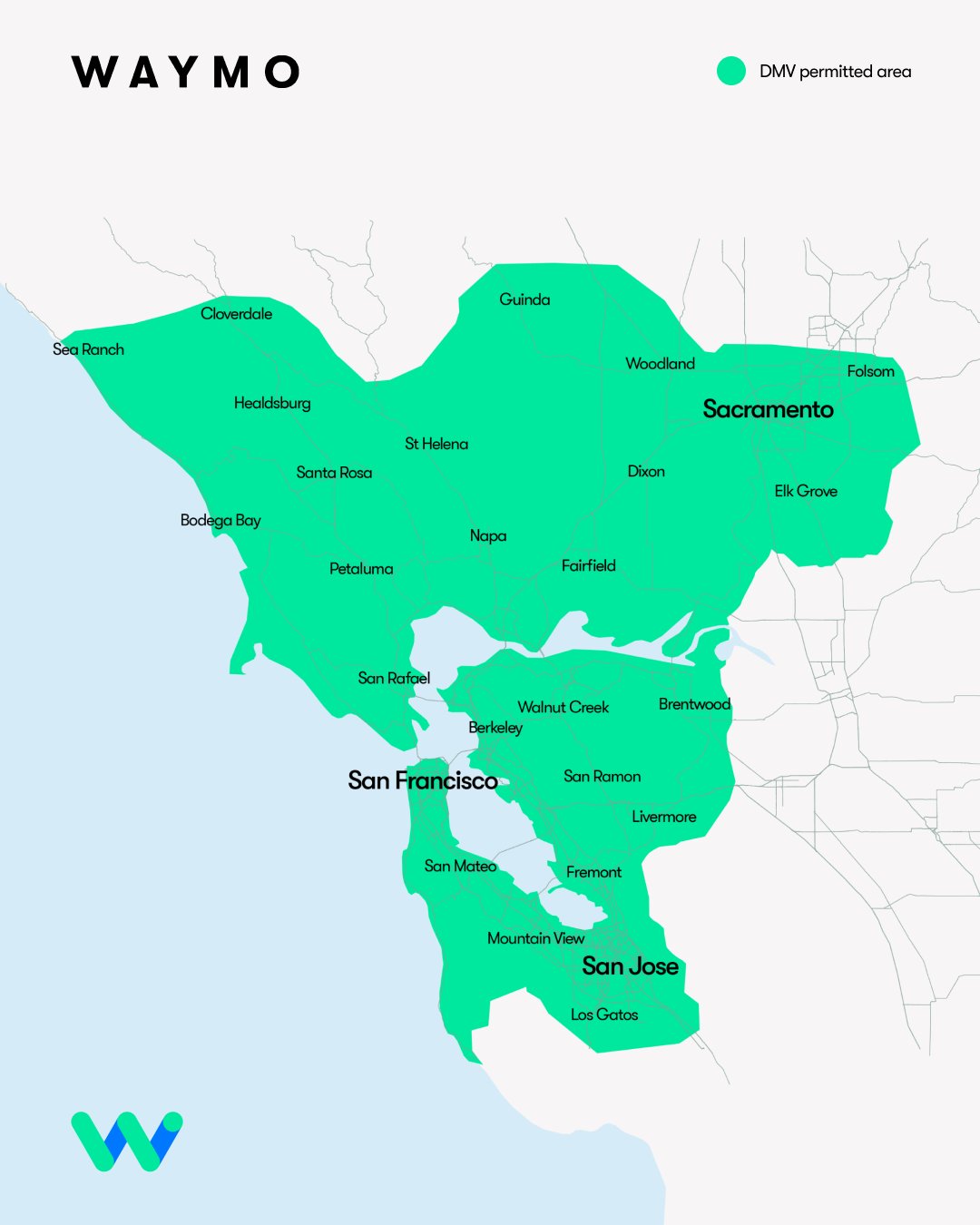Germany’s rate of economic growth has declined in recent decades. Long-term challenges such as the climate transition, changing workforce expectations and availability, and a fraught geopolitical landscape have played a significant role in the country’s economic slowdown. In fact, Germany’s average annual economic growth rate is anticipated to reach just 0.6 percent through 2030—a marked contrast to the country’s annual average growth rate of 1.7 percent between 2010 and 2019. Additionally, the German labor market is one of the most constricted among advanced economies globally. The McKinsey Global Institute estimates that the number of excess job vacancies in Germany represented 1.3 percent of GDP ($339 billion) in unrealized economic output in 2023.
The challenges are not insurmountable if Germany can leverage its strengths, such as a history of overcoming unfavorable economic conditions through investment in productivity, success with workforce transitions during the pandemic and in response to sustainability needs, and a robust foundation of educational and research excellence. Unlocking Germany’s full economic potential will require significant investment, including in technologies such as AI and gen AI.
In this article, we focus on the persistent deficit of skilled labor in Germany and the potential to address labor shortages through accelerated automation and AI technologies. We discuss the variables affecting Germany’s work, workforce, and work environment, as well as concrete actions German companies could take individually and collectively to drive technology adoption alongside upskilling and reskilling and thus secure their own—and their workforce’s—future and Germany’s competitiveness.
To read the full article, download the PDF here.




